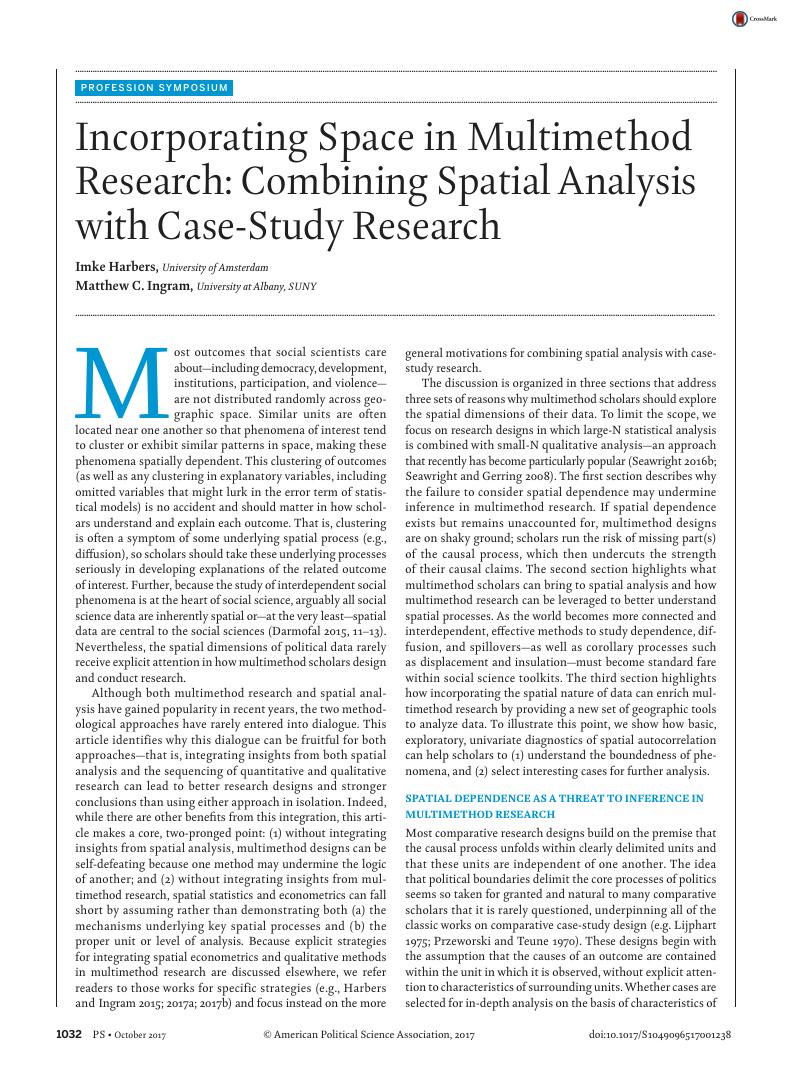Crossref Citations
This article has been cited by the following publications. This list is generated based on data provided by Crossref.
Eaton, Kent
Faguet, Jean-Paul
Harbers, Imke
Schakel, Arjan H.
Hooghe, Liesbet
Marks, Gary
Niedzwiecki, Sara
Osterkatz, Sandra Chapman
and
Shair-Rosenfield, Sarah
2019.
Measuring and theorizing regional governance.
Territory, Politics, Governance,
Vol. 7,
Issue. 2,
p.
265.
Senninger, Roman
2020.
Institutional change in parliament through cross-border partisan emulation.
West European Politics,
Vol. 43,
Issue. 1,
p.
203.
Nunez‐Picado, Adriana
Martinus, Kirsten
and
Sigler, Thomas
2022.
Globalisation strategies and roles among Australian junior mining firms in Latin America.
Geographical Research,
Vol. 60,
Issue. 1,
p.
179.



